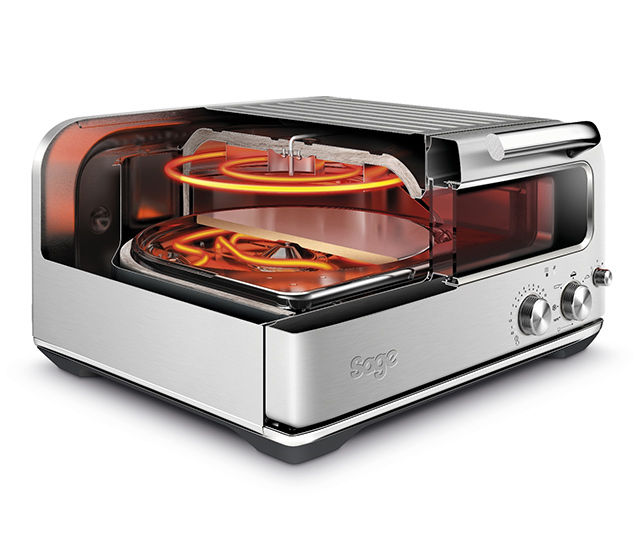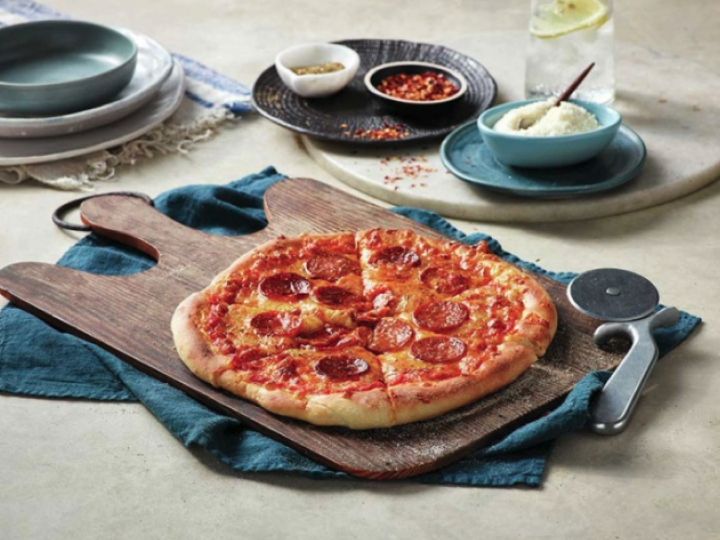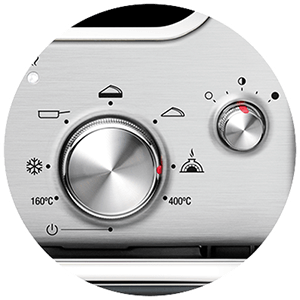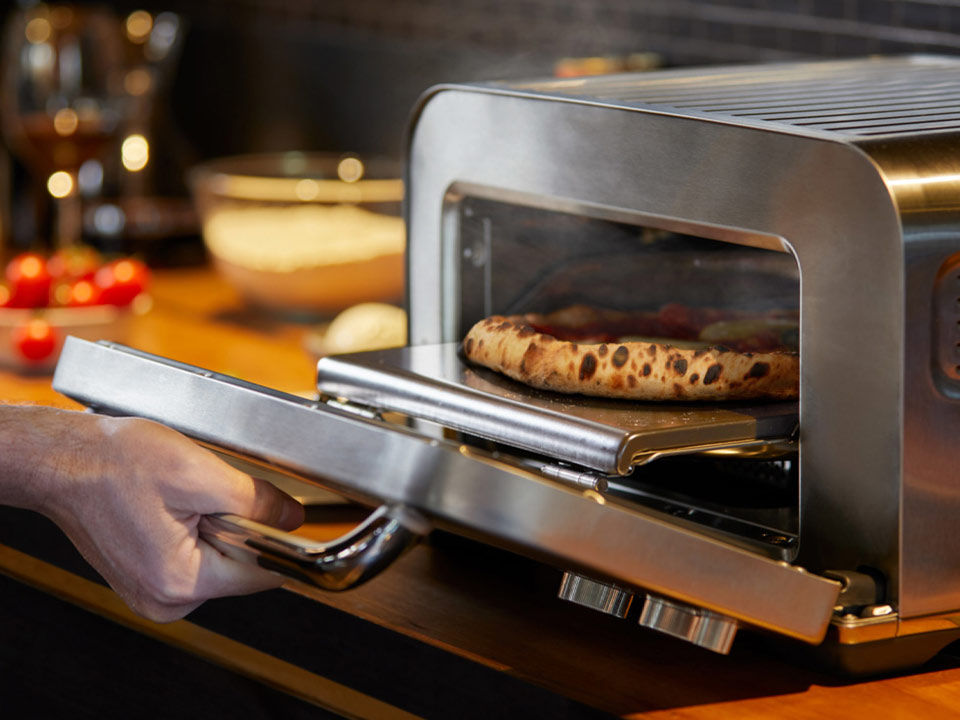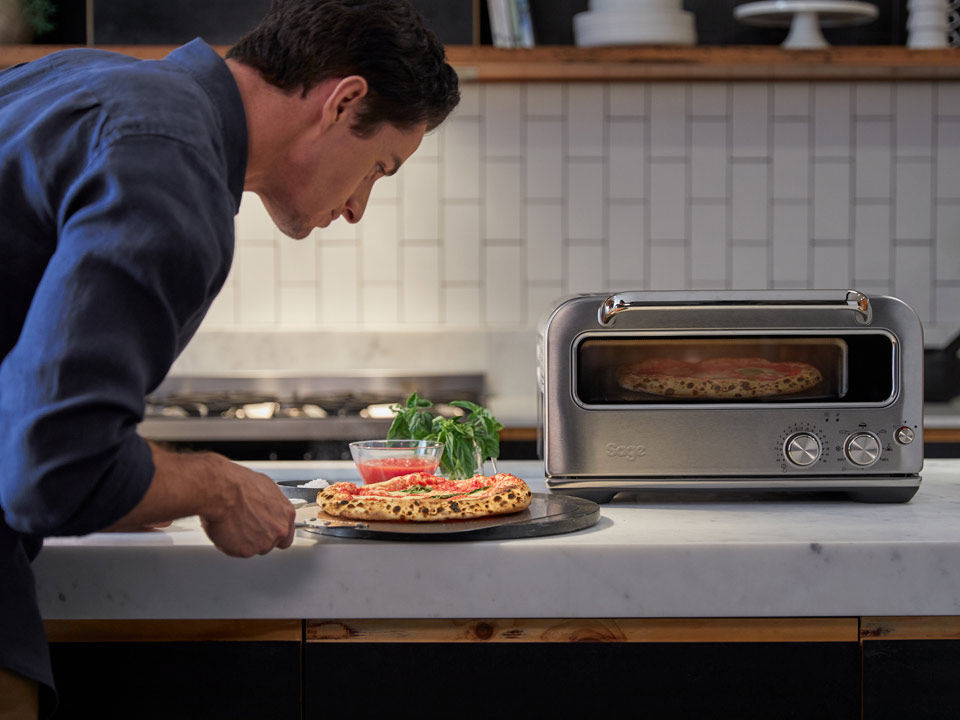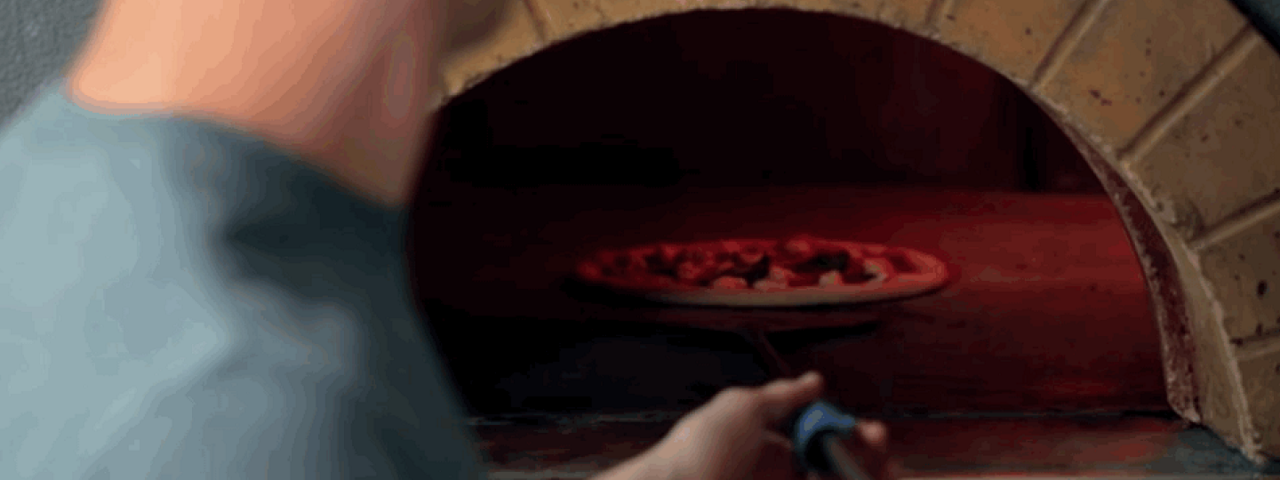Due to the extremely high temperatures being achieved, please ensure to place the oven in a well-ventilated area, as it will emit smoke when cooking. Do not use the appliance near the edge of a countertop or table. Ensure the surface is stable, level, heat-resistant and clean.
€829.90
Pizza in 2 minutes from your countertop.
Dynamic heat deck
The dynamic heat deck has been designed to sit directly above responsive Incoloy heating elements. The natural Cordierite stone is heated quickly and evenly to maintain the correct temperature, cooking the pizza base to the desired finish, with just the right amount of char.
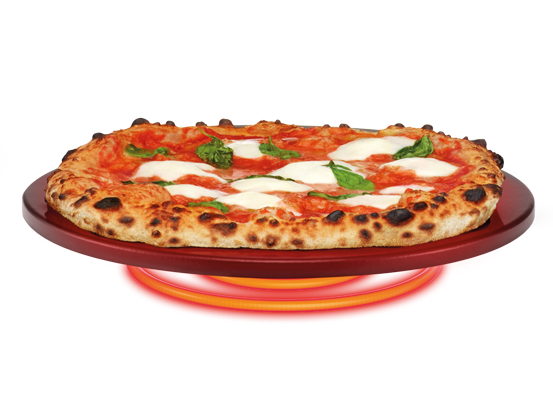
Intense direct heat to create leopard spotted crusts
Oven cooks evenly without needing to rotate food and compensates for heat loss through window. Ceiling of oven cavity designed to maximise efficiency of the top heater and direct energy onto pizza crust. Integrated deck to door design moves the pizza closer to the elements and makes it easy to load and unload.

Dynamic heat deck
The dynamic heat deck has been designed to sit directly above responsive Incoloy heating elements. The natural Cordierite stone is heated quickly and evenly to maintain the correct temperature, cooking the pizza base to the desired finish, with just the right amount of char.

The home pizza oven re-imagined by the Element iQ System
The Pizzaiolo is the first domestic countertop oven to reach 400°C and cook an authentic wood fired style pizza in 2 minutes with no rotating required. It replicates the three types of heat generated by a brick oven - conductive, radiant and convective.
Technical Specifications
Accessories
- Pizza Peel, Pizza Pan
Settings
- 7 Presets & Manual Mode
Dimensions (WxDxH)
- 47 x 46.1 x 27 cm
Capacity
- 30 cm Pizza
Construction Materials
- Stainless Steel
Voltage
- 220–240 Volts
Power
- 1890W - 2250W
Warranty
- 2 years repair or replacement
Pizzaiolo around the web
the Smart Oven™ Pizzaiolo


Join our community
By signing up you agree to learn more about our Pizzaiolo and other products, and that you have read our Privacy Policy. You can opt out any time.

